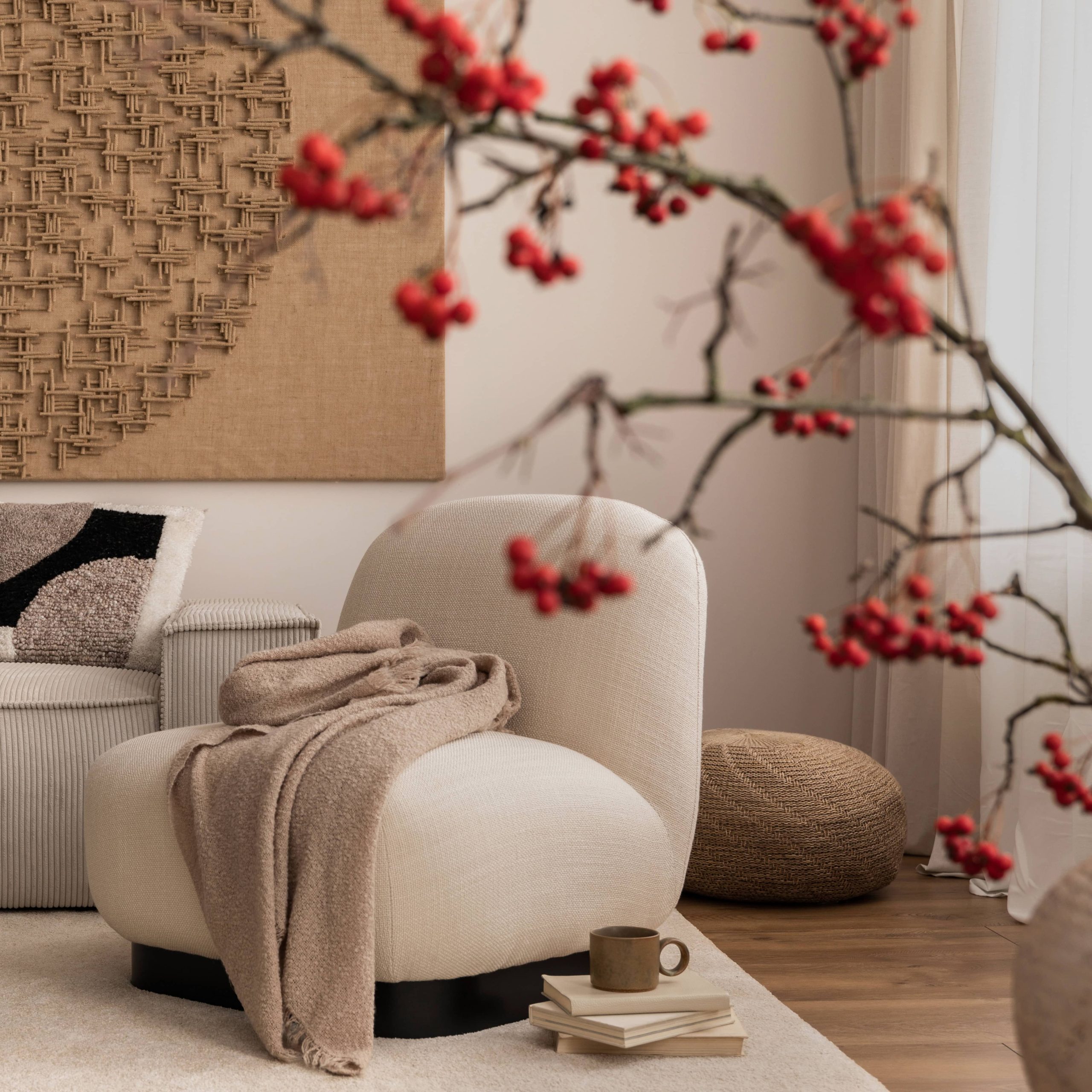
When it comes to creating a cozy and inviting atmosphere in your home, one often-overlooked element is the humble rug. Rugs have the power to transform a space, adding warmth, texture, and a touch of personality to any room. Whether you’re looking to complement an existing design theme or to introduce a new layer of comfort to your floors, choosing the perfect rug is an art form in itself. Here’s how to navigate the world of rugs to create cozy spaces in your home.
Understanding Your Space
Before diving into rug designs, it’s essential to understand the space you’re working with. Consider the room’s size, layout, color scheme, and overall decor style. Are you decorating a spacious living room, a quaint bedroom, or a functional home office? Each of these spaces may require a different type of rug to achieve the desired coziness.
For smaller spaces, consider lighter colors and more minimalist patterns to avoid overwhelming the room. On the other hand, larger rooms can handle more daring patterns and richer hues that make a statement. Sometimes, a well-chosen rug can even help define areas within open-plan living spaces, creating a sense of order and coziness.
Material Matters
The material of your rug will significantly impact not only its look and feel but also its durability and ease of maintenance. Here are some popular rug materials to consider:
1. Wool: Known for its softness and warmth, wool is a popular choice for cozy spaces. It’s durable, naturally stain-resistant, and retains heat well, making it ideal for colder climates. However, wool rugs can be pricey and require regular maintenance to keep them looking their best.
2. Cotton: More affordable than wool, cotton rugs are easy to clean and perfect for casual settings. They’re not as durable as wool but offer a relaxed, inviting look that suits various interior styles.
3. Silk: Silk rugs add a touch of luxury to any space, with a softness and sheen that’s unmatched. They are often used in combination with other materials due to their expense and delicacy. Silk rugs are best suited for low-traffic areas where they can be admired without much wear and tear.
4. Jute and Sisal: Natural fiber rugs like jute and sisal bring a rustic, earthy feel to your home. They’re durable and sustainable, making them an excellent choice for eco-conscious buyers. However, they can be rougher underfoot, so you might want to use them in less formal areas or layer them with softer rugs for added comfort.
5. Synthetic Fibers: Options like olefin, nylon, or polyester are budget-friendly and mimic the appearance of more expensive materials. They’re typically stain-resistant and easy to clean, making them a practical choice for high-traffic areas or homes with pets and children.
Color and Pattern Play
Choosing the right color and pattern for your rug is where you can let your creativity shine. The rug should complement your existing decor and contribute to the room’s ambiance.
– Neutral Tones: Neutral rugs can serve as a calming backdrop, allowing other design elements to take center stage. Light grays, beiges, and taupes are versatile and can effortlessly blend into various decor styles.
– Bold Colors: If you’re looking to make a statement, don’t shy away from bold hues. A vibrant rug can be the focal point of your room, injecting energy and personality. Bright blues, earthy reds, and deep greens can add depth and warmth, creating an inviting environment.
– Patterns: From floral to geometric, patterns add layers of interest and can be used to highlight aspects of your room’s design. Consider the scale of the pattern—small, intricate patterns can add subtle texture, while large patterns are more suited for drawing attention.
Size and Placement
Getting the right size rug is crucial. A rug that’s too small for your space can make the room feel disjointed. Follow these general guidelines for rug placement:
– Living Room: Ensure that your living room rug is large enough for the front legs of your furniture to rest on it. This creates a unified look and anchors the seating area. For larger rooms, consider a rug that allows all furniture legs to fit comfortably.
– Dining Room: Ideally, a dining room rug should extend at least 24 inches beyond the edges of the table to accommodate chairs being pulled out. This not only frames the dining area but also adds a layer of comfort underfoot.
– Bedroom: In a bedroom, a rug can define the sleeping area. A large area rug can be placed under the bed, extending out on all sides, or smaller rugs can be used on either side of the bed for a softer landing when you wake up.
Maintenance and Care
A cozy rug is only as inviting as it is clean and well-maintained. Depending on your chosen material, your rug will require different cleaning methods. Regular vacuuming is essential to prevent dirt from settling into the fibers. For deeper cleaning, professional services are recommended, especially for delicate materials like wool or silk.
In areas prone to stains, such as dining rooms or playrooms, consider rugs with patterns that can mask small spills or opt for treated rugs with stain-resistant finishes. Rotating your rug periodically will also help distribute wear evenly, extending its lifespan.
Bringing It All Together
Choosing the perfect rug for your cozy space is about finding a balance between style, function, and comfort. By considering the specifics of your space, the characteristics of different materials, and your aesthetic preferences, you can select a rug that not only enhances your decor but also creates a warm, inviting atmosphere.
Remember, a rug is not just a decorative piece—it’s an integral part of your home’s design narrative. Take your time in choosing, and you’ll find a rug that resonates with your personal style, making your home a haven of comfort and coziness.







